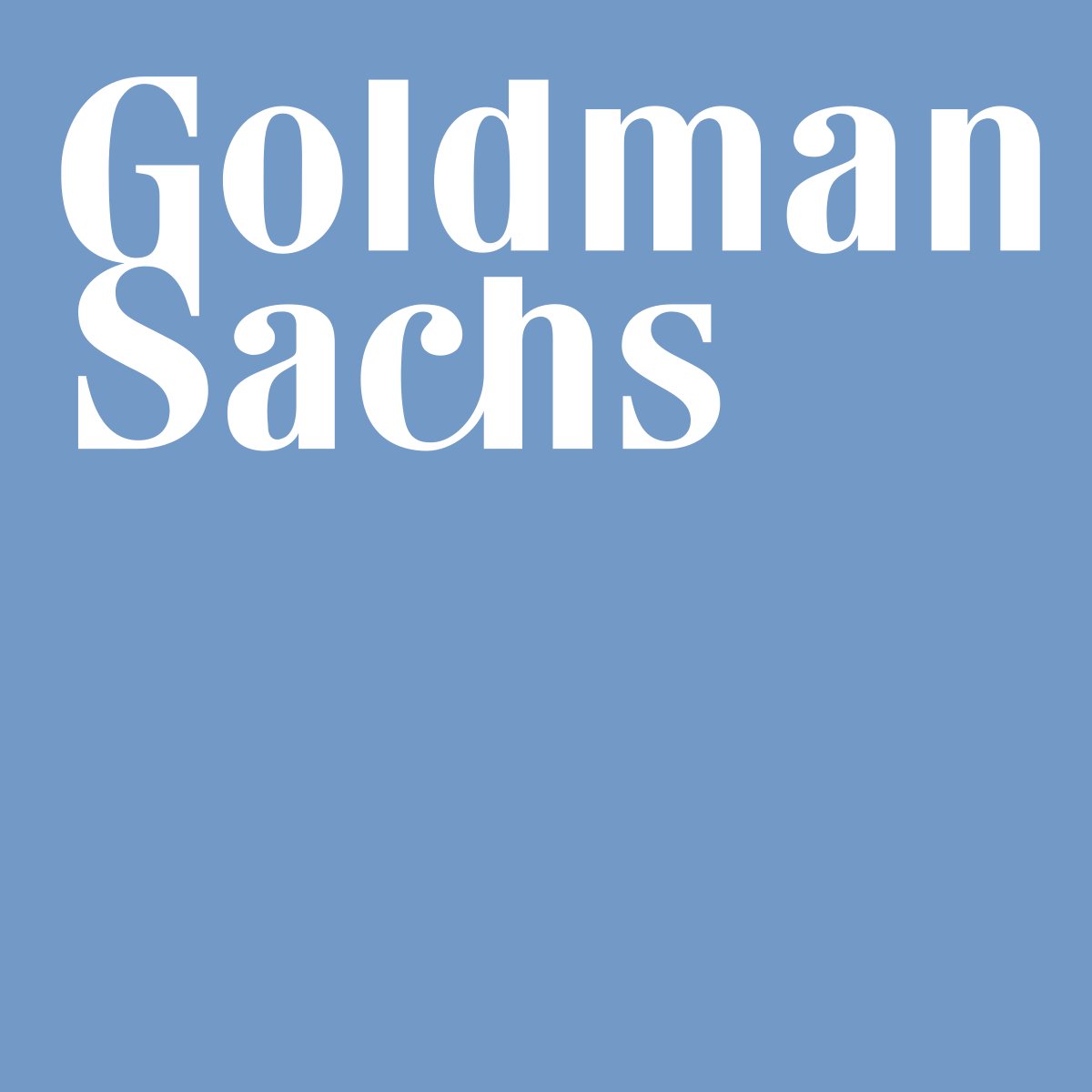After bond ETFs booked their strongest H1 asset gathering since 2019, a recent launch by AXA Investment Managers could be just the first page turning on a new chapter for active fixed income in Europe.
On Wednesday, the French insurer’s asset management arm entered the product class with the AXA IM Euro Credit PAB UCITS ETF (AIPE) listing on the Deutsche Boerse with a total expense ratio (TER) of 0.20%.
The firm said AIPE is unique for capturing euro investment grade bonds, adhering to Paris-Aligned Benchmark (PAB) goals, while also aiming to outperform the ICE Bank of America Euro Corporate Paris Aligned (Absolute Emissions) index.
However, what makes the launch interesting is AXA IM already delving into a relatively unloved part of the European bond ETF market just 10 months after their debut.
While others such as Franklin Templeton, JP Morgan Asset Management and PIMCO already operate in the active fixed income space, their efforts have yet to inspire the kind of sticky, large-scale asset-gathering required to make the product segment appear well-developed in Europe.
Olivier Paquier, global head of sales at AXA IM, said: “We live in a fixed income era. The fact that innovation comes through ETFs is a big key driver.
“It is active, it is thematic and now it is fixed income ETFs driving the market.”
AXA IM is also not the first newcomer to nod to active fixed income ETFs in recent months.
Before partnering on its first three ETF launches in the US in June, Goldman Sachs’ platform-as-a-service provider ETF Accelerator said it was also looking to partner with institutional clients on active ETF launches in Europe, It added active fixed income wrappers are a relative “greenfield” in the continent.
Large, established players are also paying close attention. Mark Fitzgerald, head of product specialism at Vanguard, previously told ETF Stream that after a decade of building the firm’s low-cost, index-tracking core ETFs in Europe, the world’s second-largest asset manager could look to fill out its active roster in areas where such products would “improve the offering”.
“We would definitely have active as an area of interest. We have a long-term, careful and cautious global product plan but there are other things we look at – where the market is, what competitors are doing and where we might one day go.
“We are the third-largest active fixed income manager globally and we are the biggest buyer of sub-advised active equity management in the world. Active will not be off the table in ETFs, but we will have to understand if it serves a purpose,” he added.
BlackRock CEO and founder Larry Fink also said his firm would look to more than triple the assets housed in its bond ETFs to $2.5trn by 2030; a process he said would be driven by an increased mix of active and index-based bond strategies and the continued shift from legacy active structures to ETFs.
Andrew Keegan, head of wealth EMEA for BlackRock multi-asset strategies and solutions, argued there is a need for investors to move from vanilla, fire-and-forget bond allocations to a new “nimble” playbook.
Keegan said the MOVE index – a proxy for bond volatility – is currently “way above average”, necessitating a “more specific, more deliberate and more dynamic” approach to bond allocations.
With fixed income back in play, an unpredictable monetary policy backdrop and some allocators less equipped to tactically manoeuvre between passive bond ETFs, active fixed income is now firmly on the radar for European issuers.






